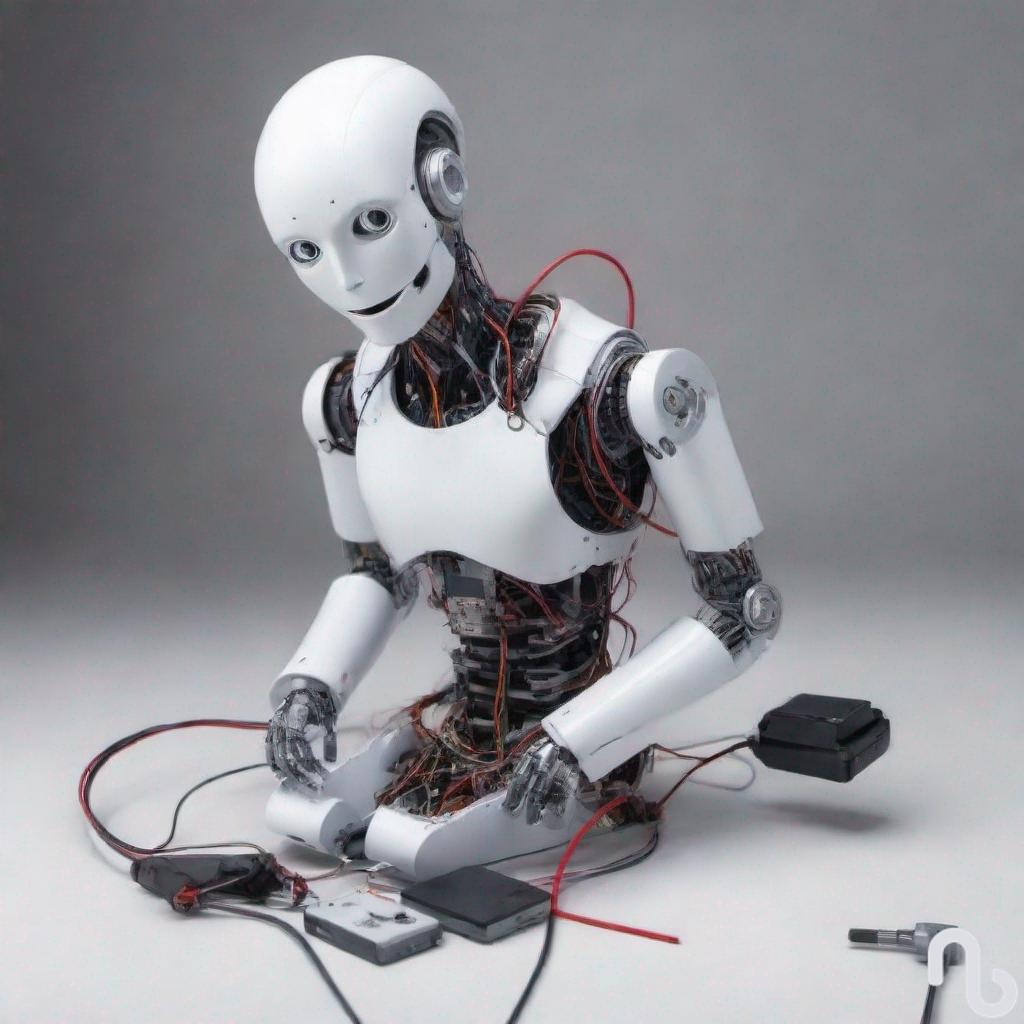Like many philosophy students, the list of books I would like to read is quite long and only continues to grow. One of them is Iain McGilchrist’s The Master and His Emissary which discusses the difference between brain hemispheres and the specializations of each. He’s also written papers on the subject, one of which being ‘Cerebral Lateralization and Religion: a phenomenological approach’ which I have read. Overall, it’s very interesting but there is a particular section which struck me as rather significant for epistemology and mental health.
On page 328, under the heading ‘Knowledge, belief, and truth’, McGilchrist discusses the different kinds of knowledge handled by each hemisphere. While the left hemisphere specializes in collecting bits and pieces of information from a “general, impersonal, … and disengaged stance,” the right hemisphere specializes in uncertain, personal, and experiential knowledge which “resists generalization.”1 In this case, “the whole is not best understood by summing the parts.” He mentions this distinction is similar to the difference between the French terms savior and connaître, as although both of these terms directly translate to ‘knowledge’, the kind of knowledge they refer to is unique. One refers to an experiential knowledge while the other refers to propositional knowledge. The German language also notes this distinction with the words wissen and kennen.
McGilchrist goes on to explain how ‘belief’ is also subject to this differentiation. Though many use this word to refer to cognition and propositional knowledge, the etymological root of the term uncovers a kind of experiential knowledge. Particularly, ‘lief’ in Middle English describes a person who is “beloved, esteemed, dear”2 or, as McGilchrist states, as “someone in whom one believed.” Similarly, in German, the word ‘lieben’ means “to love.” Furthermore, the French word for ‘belief’ is croire, as derived from the Latin term credere, meaning to “entrust to the care of.” McGilchrist states that “belief is about a relationship” where the “believer needs to be disposed to love, but the believed-in needs to inspire another’s belief.” This cannot be determined in advance but instead “emerges through commitment and experience.”
In contemporary uses, ‘belief’ often indicates an uncertainty about truth, however, this reconceptualization is a relatively recent one. McGilchrist states that “belief does imply truth” and appeals to the German term treu which means ‘faithful’ and is also related to ‘trust’. The relationship he points out here is one characterized by trusting another, where one believes in another, and as such, trusts in them. Truth and belief are relational, deriving value from the context in which they are used or appealed to, in addition to being embodied and actively involving commitment. Today, however, we often think of ‘truth’ and ‘belief’ as detached and disembodied, where ‘truth’ is independent of our own selves, “immutable and certain.” McGilchrist characterizes this shift as an understanding rooted in right-hemispheric thinking to a left-hemispheric one, and he warns that “belief and truth cannot always be achieved by simply sitting back and waiting passively for information to accumulate.”3 Instead, “some truths become understandable only when we have made a move to meet them.” [emphasis added]
So to summarize, both ‘knowledge’ and ‘belief’ come in two different flavours: one which is propositional and cognitive, and one which is experiential and relational. ‘Belief’ is not a weaker version of knowledge but an outcome of an activity grounded in love and acceptance. It is relational, as these feelings or dispositions arise from the interaction between the person who believes and the thing they believe in, uncovering or identifying truths from this committed relationship. This thing to be believed in may be another person, however, it also applies to the self. By accepting and appreciating your own thoughts and feelings as worthy of attention and consideration, we build up an understanding of ourselves as individuals, allowing us to realize our potential. If I believe I will graduate, I trust that I will take the steps necessary to complete my project and sufficiently defend it. I trust myself because I have accepted my strengths and weaknesses, allowing me to push forward when challenges arise.
In spiritual or religious contexts, this relationship is oriented outward to a domain or entity residing beyond the material world, however, it can also refer to a relationship to oneself. In Gnostic traditions, generally speaking, individuals come to know a divine or non-material domain only when one turns their attention inward to reflect on experience and understanding. In this way, a weaker form of ‘belief’, perhaps glibly characterized by a blind faith in some divine force or entity, can be strengthened by relying on one’s own knowledge and understanding to form a bridge into the world of the immaterial and unknown. By going through oneself, individuals can access a world beyond the physically experienced one to uncover truths which would otherwise be occluded by the physical world and its various authorities. Occult knowledge may be purposefully hidden, however, it seems this may simply reflect the reality of where this knowledge naturally resides. To reach this domain, the path one must take is through a healthy relationship with the self, where the beginning of this path is in acceptance and the analysis of one’s experiences and understanding.
The reason I wanted to discuss this segment from McGilchrist’s paper is because it highlights a fallacy in our modern, scientific world-view, one which suggests that truth is to be found from without. Certainly there are instances where this is the case, as the rate of gravity has nothing to do with my experiences of it, however, subjective experiences of gravity do play a role in how it has been scientifically conceptualized. Our perceptions of the physical world provide us with a window into understanding the natural processes which occur regardless of our actions; a falling tree will still make a noise even if there is no one around to hear it. That said, the information uncovered from this invariant viewpoint is by no means the end-all-be-all, and by solely focusing on a scientific point of view, we diminish the ways in which these natural processes impact and influence our own understanding. Instead of remaining open to experiencing and contemplating strange anomalies and inexplicable phenomena, a preoccupation with objectivity and scientific theory closes one off to other experiences and knowledge.
Therefore, to believe in yourself is to remain open to experiences of all kinds. Beliefs are capable of carrying just as much truth as knowledge, and are thus not necessarily a weaker or less certain form of knowledge. If doubt does manage to creep in, use it as a tool to for reflection to better understand your own experiences, rather than appealing to this newer sense of ‘belief’ to discount your thoughts and feelings.

Wikimedia Commons Picture of the Day on May 8, 2024
Works Cited
1 Iain McGilchrist, ‘Cerebral Lateralization and Religion: A Phenomenological Approach’, Religion, Brain & Behavior 9, no. 4 (2 October 2019): 328, https://doi.org/10.1080/2153599X.2019.1604411.
2 Douglas Harper, ‘Etymology of Lief’, in Online Etymology Dictionary, accessed 8 May 2024, https://www.etymonline.com/word/lief.
3 McGilchrist, ‘Cerebral Lateralization and Religion’, 329.



